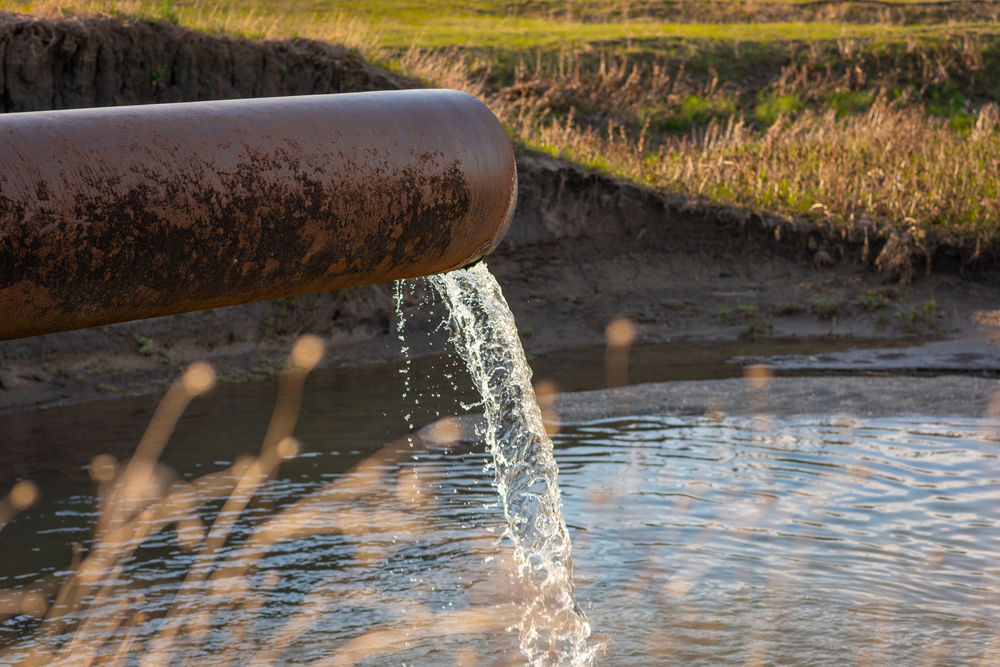How satisfying it is to complete a cleaning chore! But have you ever wondered where the dirty, gray rinse water that you usually dump down the sink or toilet goes? “To the wastewater treatment plant,” you might say. True, but here’s the thing: current treatment systems, designed to eliminate the primary contaminants of organic matter (carbon, phosphorus, nitrogen), struggle to filter out other compounds, like metals and micropollutants. Pharmaceutical compounds, for example, which we ingest, are not always well metabolized; they end up in wastewater and, due to inadequate treatment, eventually in rivers.
These residual compounds, though present in tiny amounts, have harmful effects on natural environments, particularly aquatic ecosystems. They disrupt the endocrine system of local species, causing imbalances such as a marked predominance of female fish in certain rivers. New regulations, however, aim to improve water treatment efficiency to better eliminate micropollutants.
In France, since June 20, 2023, a new decree mandates strict monitoring of per- and polyfluoroalkyl substances (PFAS) releases from industrial facilities. Additionally, proposed amendments to a directive on the quality of water for human consumption should set threshold goals for these compounds, while pharmaceutical substances, among many others, are being incorporated into a framework directive on water quality for environmental protection. Such measures suggest that stricter treatment standards could be introduced for the most concerning substances… provided they are identified first!
Domestic, industrial and agricultural pollutants all end up in the water!
Our everyday activities introduce a multitude of pollutants into the water cycle: medicine, detergents, cosmetics, insecticides, etc. And household waste is not the only contributor. Industry and agriculture also release their share of pollutants: combustion products, perfluorinated compounds, anti-corrosion fluids, pesticides. These substances are among tens of thousands of compounds that are little or poorly treated by retreatment systems.
To assess the performance of these systems, it is first necessary to track the pollutants in water at the beginning and end of the process. But first you must know what to look for, and the list of possibilities is long! Andrés Sauvêtre and François Lestremau, both researchers at the DOREE platform (Diagnosis of Organic Pollutants, Water Resources and the Environment) at IMT Mines Alès dedicate part of their work to characterizing the countless contaminants present in aquatic environments. The duo works on these issues with support from Marine Bertrand, the platform’s technician, and in partnership with the HydroSciences Montpellier (HSM) joint research unit. “Pesticides are well known because they have been monitored for many years, but this is far from being the case for all families of substances. The family of perfluorinated chemicals, for example, includes nearly 4,500 distinct compounds, a few of which we have only been following since 2015,” says François Lestremau. “So, there is still a lot of uncertainty.”
In addition to identifying the maximum number of pollutants, the analytical work involves the further challenge of characterizing the degradation products. “We can measure a pollutant at the inlet and then observe that it has disappeared at the outlet, except that the product has broken down, and the degradation by-products might be just as toxic,” François Lestremau warns. “This is a monumental challenge considering the many transformation possibilities,” Andrés Sauvêtre adds.
Diagnostics combining chemistry and biology
The two researchers are therefore developing characterization methods for families of compounds that were not previously monitored, as well as tools like passive samplers. After they have been installed in the water for a few weeks, the residue that has built up is extracted to assess average exposure levels. They offer an alternative to spot sampling techniques which take measurements at specific times. “In the event of exceptional peaks in pollution, for example, the measurements will not reflect the chemical state of the environment if they are not taken right when the peak occurs. Whereas passive samplers offer a more comprehensive overview,” Andrés Sauvêtre explains.
The researchers have experimented with these devices in Martinique to measure chlordecone levels and in the context of a regional project, to assess local river pollution. “We have identified about 30 pesticides and over 50 pharmaceutical products,” François Lestremau says. This specific project, conducted by biologists, has highlighted the adaptation of certain fish to this pollution, including the role of epigenetic effects.
The work of Andrés Sauvêtre and François Lestremau has a significant cross-disciplinary aspect since it aims to make connections between the presence of pollutants and the impact on the environment and ecosystems. “We do not have any expertise in ecotoxicology, so we work with external partners. A substance that is seemingly harmless because it is observed in very low levels, can actually be a cause of great concern for the environment,” François Lestremau explains.







